If you follow the Winnipeg Metropolitan Region social channels, you’ve almost certainly heard the term “circular economy” more than a handful of times—and for good reason.
Canada announced in June 2020 that it would be joining Finland and the Netherlands in advancing the circular economy strategy to help recover from the COVID-19 pandemic and fight climate change.
For the first time, leaders of the Winnipeg Metropolitan Region are partnering with the Dutch government by hosting a global online conference—Building Strong Communities: A Circular Approach. This conference will feature representatives from Metabolic—an international team of experts from the Netherlands whose mission is to transition the global economy—to discuss how circularity impacts the following:
- people living in urban areas
- agricultural land development
- natural areas
- food security
- community building
- waste reduction
- energy uses
This event will also feature sustainable living expert John Coyne from Unilever, who will speak on the Unilever Sustainable Living Plan—which sets out to decouple our growth from our environmental footprint, while increasing our positive social impact.
So, let’s take some time to explore what this term means and why these discussions are so important.
What exactly does “circular economy” mean?
In order to explain what a circular approach is, we should first understand what a linear approach is.
Put simply: a linear economy takes raw materials and makes something out of them to be used and then disposed of.
This is how much of the world operates today, and this is why issues like pollution have become a global problem.
The solution is in the circular economy approach—where we design products so resources can be reused and reinvested in new products again and again.
How is this different from recycling? Rather than having to find a recycling solution after a product is designed and brought to market—like the plastic straw—recovery and material reuse is part of the design and manufacturing process of the product from the beginning.
A circular economy also supports the idea of access over ownership. Streaming services like Spotify and Netflix rent access to content without you needing to own anything like CDs and DVDs. By shifting to access over ownership, the responsibility falls to manufacturers to make longer lasting and more efficient products that are designed with repair and reuse as primary considerations.
What can we do as consumers?
These changes are really effective at the institutional and local government levels (we’ve seen the benefits of circular economy business parks), but every single person has a part to play in changing the status quo and creating a better tomorrow. Consumers have unbelievable power to evoke change, especially when it comes to sustainability.
Let’s look at some things that you can start doing right now.
1. Purchase smartly designed products meant to be reused, refurbished, and dismantled.
Whenever you pick up a product, ask yourself some of the following questions:
Is this a one-and-done product?
Is this packaging recycleable?
Do I NEED to own this, or do I really only need it in this instance? And, if so, is there a way I could rent / borrow one? (Think back to the previous point about services like Netflix and Spotify)
Many local organizations are innovating their products and services to make these decisions easier on consumers. For example: local environmental shop Generation Green doesn’t just offer a store full of sustainable and environmentally-friendly products, it also offers a BYOB program where customers can bring bottles to fill with products like detergents, shampoos, and baby products. And customers who collect Green Points get double the rewards!
2. Find opportunities to “go circular” around the home.
See what kinds of products you have at home that could be refurbished into something else. Think old jars, clothes you no longer wear, food waste, etc. Start approaching the things you own with the following question:
“Can I extend this product’s life cycle somehow?”
Old jars can be reused over and over again for pickling, dry food storage, or even vessels for small houseplants.
Clothes can be donated to serve another person or, if really old and tattered, can become cleaning rags.
Food waste has epic opportunity to serve a greater purpose than just rotting away in your trash can and then releasing GHGs in a landfill. The Government of Manitoba has excellent resources to help you get started on composting—something that can help make a huge difference in waste reductions for our province.
What can Manitoba do?
Our province—in addition to every other province and country, for that matter—first needs to explore how shifting from a linear economy to a circular one would work. And the first step to making change is understanding why change is necessary and what exactly needs changing.
Canada needs a circular economy that is restorative and regenerative by design; and aims to keep products, components, and materials at their highest utility and value at all times.
We can re-design the way our economy works by designing products and services that limit consumption, improve the value of materials, and protect resources.
A good point to remember is that the circular economy aims to design out the concept of “waste.”
Circular business models will prove essential for businesses that want to be future-proof in a society where resource constraints are a growing problem.
So, when it comes to how we can approach these shifts, there a five circular business models:
1. Circular supplies: Supply fully renewable, recyclable, or biodegradable resource inputs to support circular production.
2. Resource recovery: Eliminate material leakage and maximize economic value of product return flows.
3. Products life extension: Extend the current lifecycle of a product: reparability, upgrading, reselling.
4. Products as service: Stimulating collaboration among product users.
5. Sharing platforms: Products are used by one or many customers through lease or pay-for-use arrangements.
Where do we go from here?
Our province, and country, are doing a lot of work in shifting towards a circular approach. The Winnipeg Metropolitan Region’s upcoming conference in February aims to move Manitoba from talk to action when it comes to implementing a circular approach.
If you’re curious about learning what a circular economy might look like for Manitoba, register for the event here, or simply follow Winnipeg Metro Region on Facebook or Twitter to stay updated.
The 2021 edition of the landmark circular economy event of the year, the World Circular Economy Forum (WCEF), will be held in Toronto, Ontario, at the Beanfield Centre, from September 13 to 15, 2021. WCEF2021 will mark the first time the forum is held in North America.
This event will focus on the cross-cutting issues and topics that are central to economic recovery and the circular transition. WCEF2021 will identify the key actions and systemic changes needed to create the conditions for long-term success on the path to a thriving global circular economy.
For more information about the work and events that have already happened, click here.
I hope this short post helped give you a little bit of an understanding as to what a circular economy means and why our country is making these changes.
As a policy innovator and the Executive Director for the Winnipeg Metro Region, I’m very excited about this idea for Manitoba as it means less waste in our waters and landfills, more reusing of resources, and a cleaner and more competitive province overall.

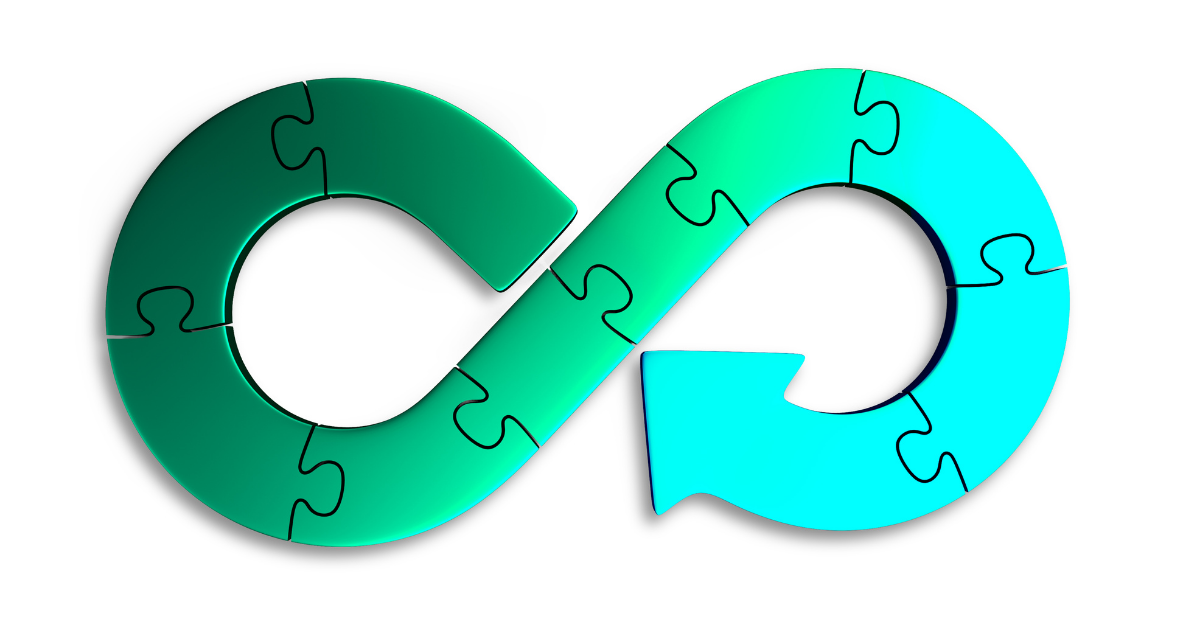
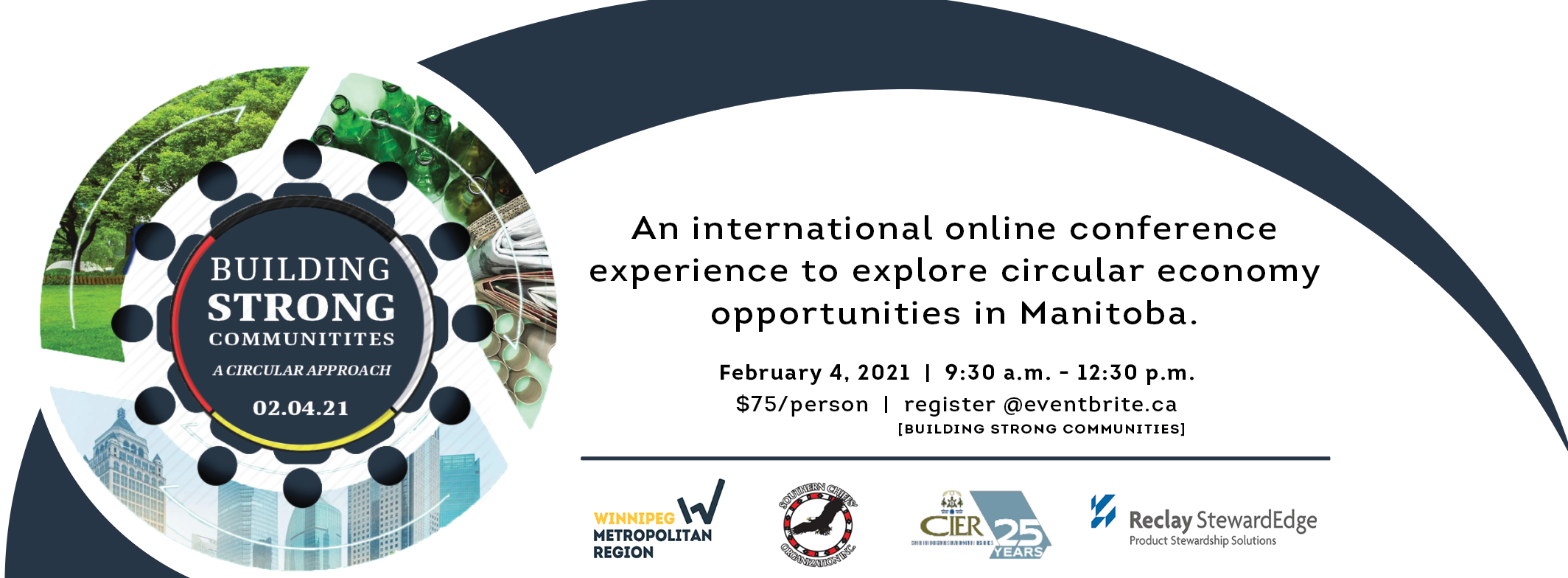

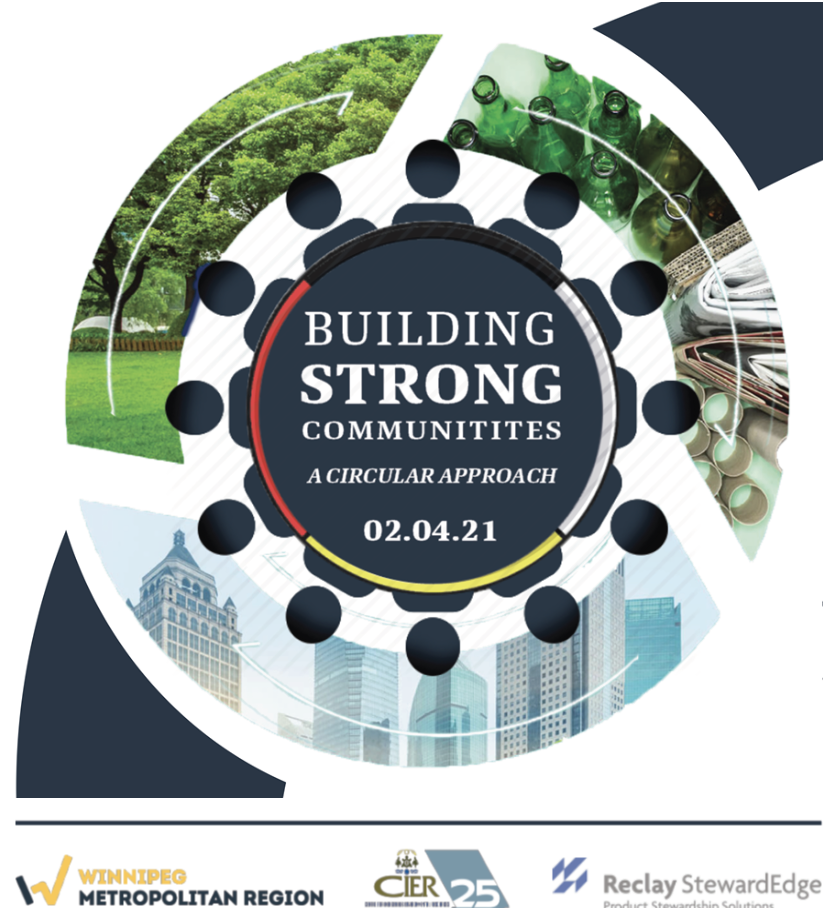

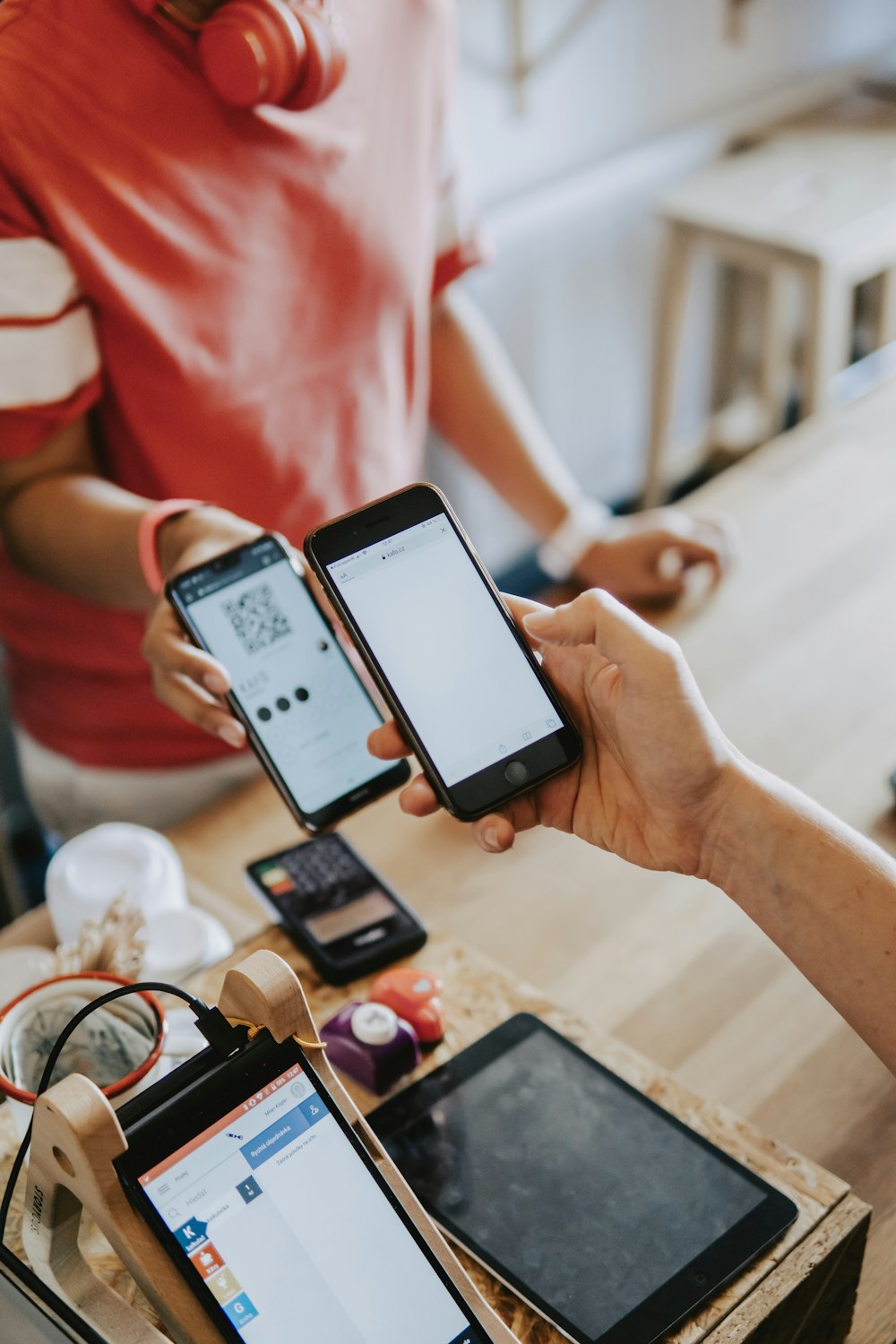




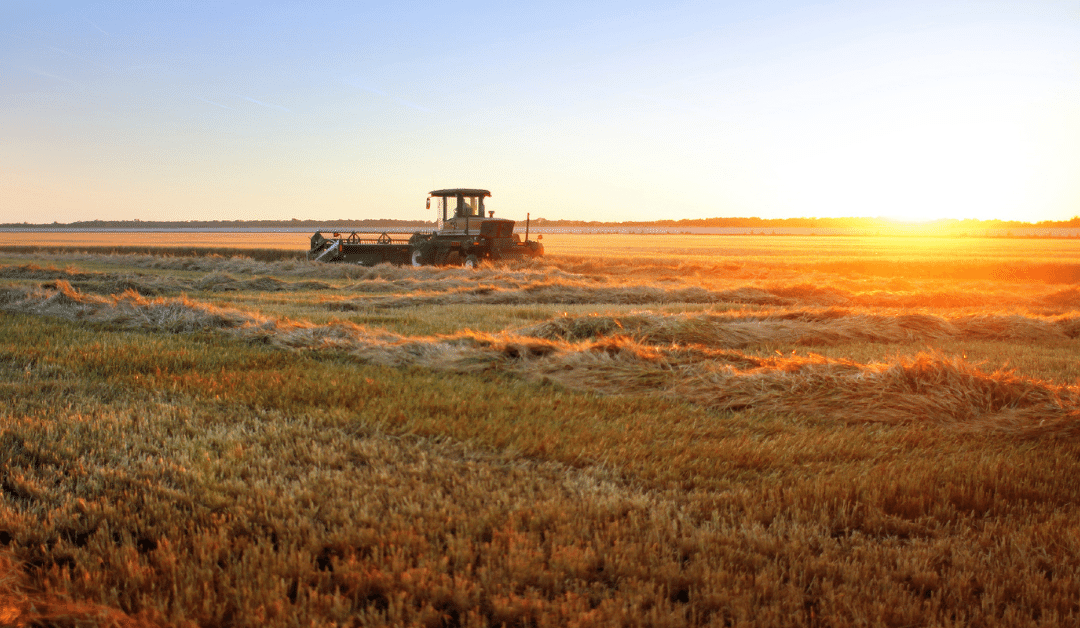


0 Comments